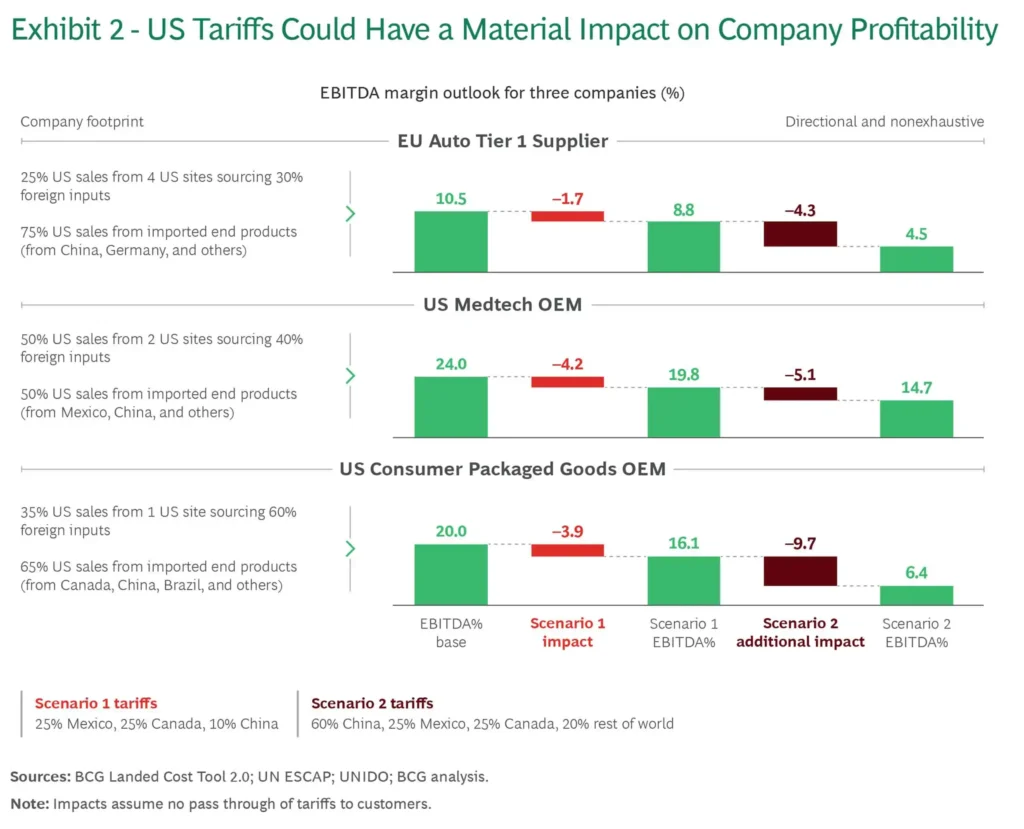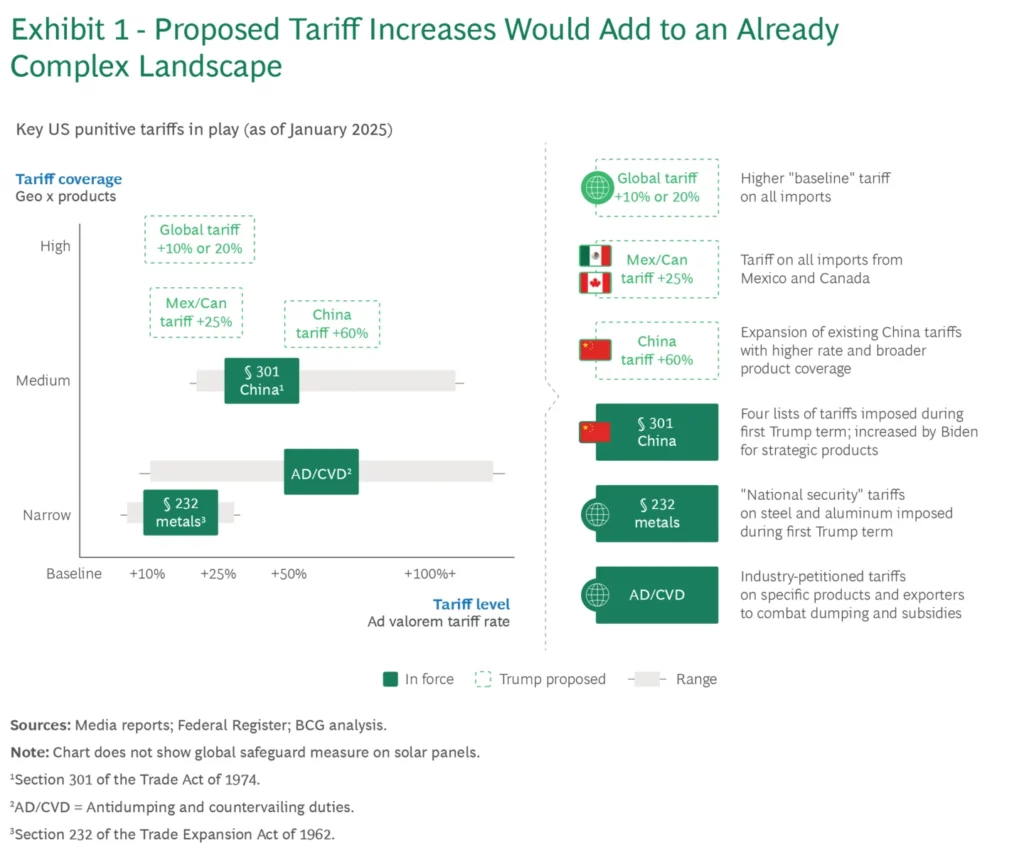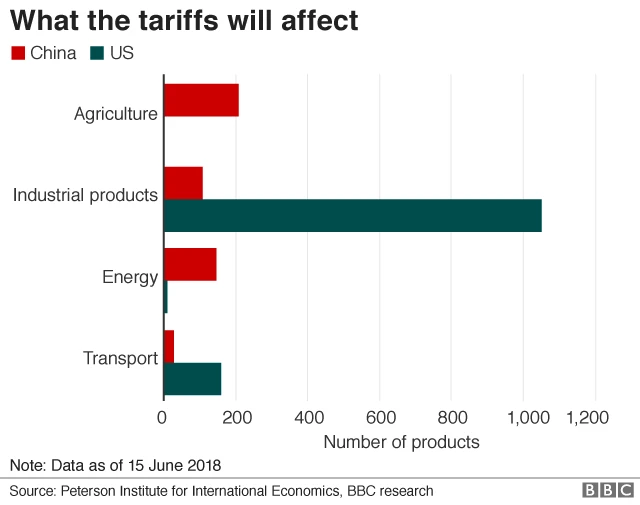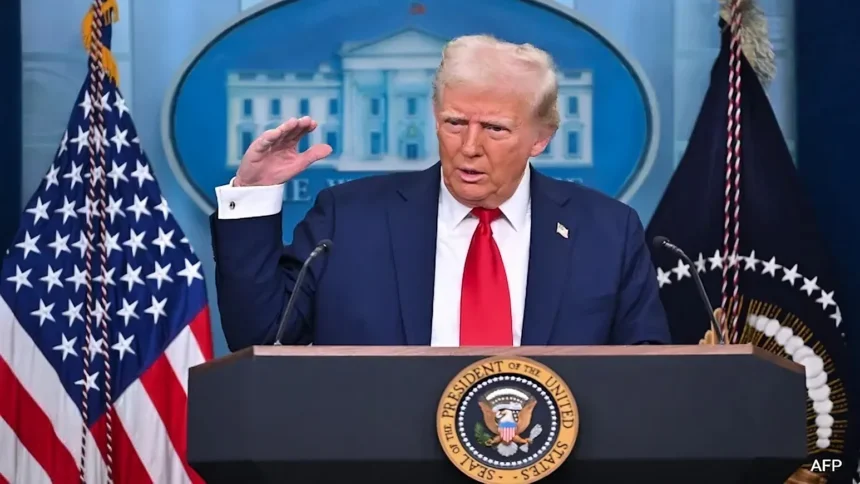President Donald Trump just launched a bold economic move—one that could shake up markets, spark global retaliation, and hit American consumers where it hurts: their wallets.
Trump’s new tariffs target key trading partners, including Canada, Mexico, and China. He insists this will restore American economic power, but critics warn it could trigger a costly trade war.
So, what’s really at stake?
The New Tariffs That Could Change Everything
Trump signed orders imposing:
- 25% tariffs on Canadian goods
- 25% tariffs on Mexican goods
- 10% tariffs on Chinese goods
- 10% tariffs on Canadian energy imports
These tariffs take effect on Tuesday—no exceptions, no delays. Trump has also made it clear: If these countries retaliate, he’s prepared to raise tariffs even higher.

Why Is Trump Doing This?
For Trump, this is about taking a stand. He claims foreign nations have drained American wealth for decades, using unfair trade practices, stealing jobs, and even fueling crime.
“This will be the Golden Age of America!” Trump declared on Truth Social. “Will there be some pain? Yes, maybe (and maybe not!).
But we will make America great again, and it will all be worth the price that must be paid.”
Supporters say Trump is protecting American industries. Critics argue these tariffs will do more harm than good.
Canada, Mexico, and China Are Hitting Back
The response from America’s biggest trading partners was swift and sharp.
- Canada slapped 25% tariffs on $100 billion worth of U.S. goods.
- Mexico is working on countermeasures to protect its economy.
- China plans to file a complaint with the World Trade Organization (WTO) and take defensive steps.
The trade war isn’t just a possibility anymore—it’s already here.

How Will This Affect You?
If you think these tariffs won’t impact your daily life, think again. This decision could raise prices, put jobs at risk, and disrupt the economy in ways that affect millions of Americans.
When the government imposes tariffs on imports, businesses must either absorb the extra cost or pass it on to consumers.
Since most companies prioritize profits, expect price hikes on goods ranging from electronics and household appliances to food and gasoline.
For example, a tariff on Canadian energy imports could lead to higher gas prices, making everything from commuting to grocery shopping more expensive.
Manufacturing, agriculture, and retail sectors depend on global trade. Higher costs on imported materials could force American companies to cut jobs or move operations abroad to stay competitive.
Economists warn that these tariffs could trigger mass layoffs, particularly in industries that rely on foreign suppliers or customers.
For instance, U.S. automakers depend on steel and aluminum imports. When Trump imposed tariffs on these materials in 2018, companies like Ford and General Motors warned they would lose billions.
A similar pattern could emerge now, leading to factory closures and job losses across
A study by the Tax Foundation estimates that these tariffs could cost the average U.S. household an extra $830 per year. The U.S. Chamber of Commerce also warns this could slow down economic growth.

Final Thoughts
With Canada, Mexico, and China firing back, the global economy is on shaky ground. Trump has even hinted at expanding these tariffs to Europe and the UK, signaling a long and unpredictable economic battle ahead.
The big question: Will these tariffs deliver the economic boost Trump promised, or will they backfire? For now, one thing is clear—Americans need to brace for higher costs and uncertain times.
Trump’s latest tariffs are more than just a policy move—they’re a gamble with global consequences. Whether they make America stronger or lead to financial strain remains to be seen.







